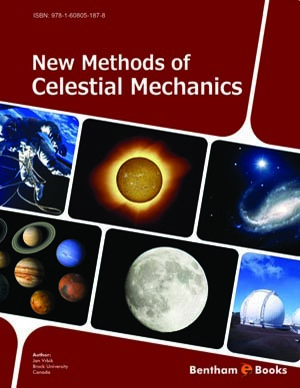Abstract
To our knowledge life can only evolve in an environment that is quite similar to that on the Earth. Based on this unproven assumption, the habitable zone (HZ) has therefore been introduced assuming that life generally depends on such conditions, namely temperature, pressure, atmospheric chemistry similar to that on Earth.
A habitable zone HZ is defined as a region of space around a star or even around a planet, where the conditions are favorable for life based on
• complex carbon compounds,
• availability of fluid water.
Several authors call a planet or satellite of a planet habitable when liquid water can be found there. The liquid water belt concept was introduced by H. Shapley in the 1950s. By the 1970s M. Hart estimated extraterrestrial life as being extremely rare. This lead to the rare Earth hypothesis.
In the following sections we will outline that habitable zones do not only depend on the distance of a planet from its host star but also on the location of the planetary system in a galaxy as well as there might be habitable moons around giant planets.
The main message of this chapter is that there exist several habitable zones, circumstellar, galactic and even habitable zones around giant planets. Habitability however, strongly depends on the definition of life.




